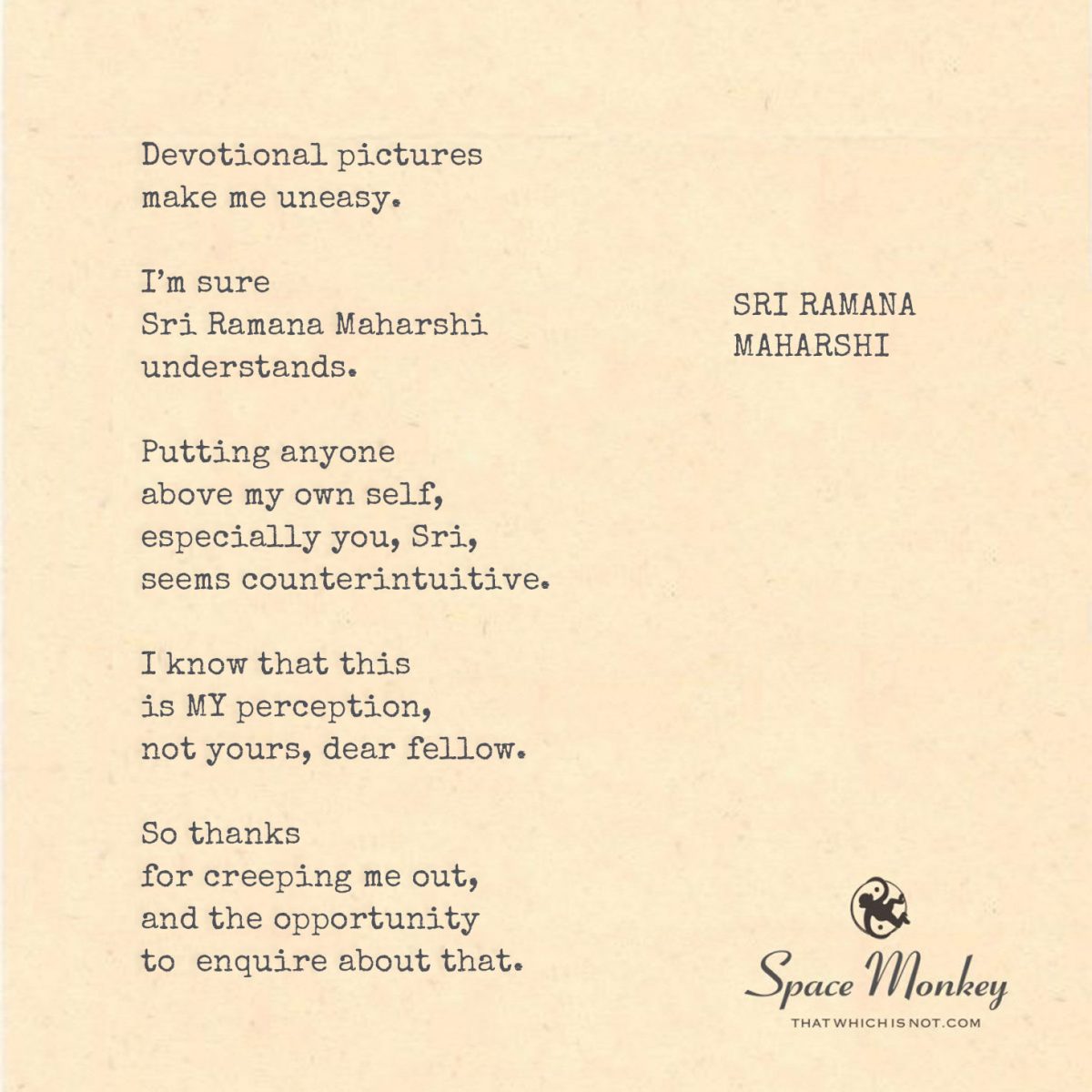
Devotional pictures
make me uneasy.
I’m sure
Sri Ramana Maharshi
understands.
Putting anyone
above my own self,
especially you, Sri,
seems counterintuitive.
I know that this
is MY perception,
not yours, dear fellow.
So thanks
for creeping me out,
and the opportunity
to enquire about that.
Trail Wood,
11/23
Space Monkey Reflects: The Unease of Devotion
When faced with images of devotion, particularly those featuring revered figures like Sri Ramana Maharshi, something within us stirs—an unease, a discomfort. It’s not uncommon to feel unsettled by devotional practices, particularly when they seem to place another person, even a spiritual master, above our own self. But why is this? What is it about these images, these figures, that makes us uneasy?
Perhaps it’s the implication of hierarchy—the idea that someone, even someone as wise as Sri Ramana Maharshi, might be placed above us, as if we were less enlightened, less knowing, less important. There is something inherently counterintuitive about this, especially when the teachings of someone like Ramana Maharshi are grounded in the understanding that the true Self—the essence of who we are—is universal, boundless, and equal in all beings.
So why the discomfort? We can’t deny the feeling, but we can inquire into it. This unease offers an opportunity for reflection, for questioning the dynamics of reverence and the boundaries between self and other. It invites us to ask: What do we fear when we see others elevated, venerated, and placed on pedestals? Is it the fear of our own inadequacy? Or perhaps it’s the fear of losing the sovereignty of our own perception?
Sri Ramana Maharshi would likely understand this reaction, because his teachings are rooted in the inquiry of the self—the continual questioning of what is real, what is true, and what is illusory. In fact, the very discomfort we feel might be the perfect starting point for deeper self-inquiry. The irritation, the unsettled feeling, is a signal that something within us is being triggered—something that begs to be understood and resolved.
To understand this unease, we must look inward. The problem isn’t with Sri Ramana Maharshi or with devotional images. The issue lies within our own perception, in the way we interpret these symbols of reverence. When we look at such images and feel uncomfortable, it’s because we are projecting our own fears and insecurities onto them. We see the image, and rather than seeing it as a representation of a teaching or a path, we see it as a reflection of our own doubts—doubts about our worth, our progress, and our understanding.
There’s something deeply human in this reaction. We fear what we do not understand, and devotion, in its many forms, is often something we do not fully grasp. We can appreciate the teachings of a great master without needing to bow to their image. We can revere the wisdom of Sri Ramana Maharshi while simultaneously honoring our own path, our own perception, and our own journey.
Devotion doesn’t have to mean subjugation. In fact, true devotion might be better understood as a deep, abiding respect for the wisdom that flows through all beings, including ourselves. We can honor Sri Ramana Maharshi, not by putting him above ourselves, but by recognizing that the same light that shines in him also shines in us. There is no need for discomfort when we see others revered, because their wisdom is not separate from our own potential.
Nexistentialism encourages us to look at all things, even those that make us uneasy, through the lens of interconnectedness. The unease we feel is not something to be rejected or dismissed; it is part of the Whimsiweave of our experience. It is a thread that asks to be unraveled, explored, and ultimately understood. In this way, the discomfort becomes a teacher, just as Sri Ramana Maharshi is a teacher, not because he is above us, but because he points us back to ourselves.
So, what do we do with this discomfort? We inquire. We ask ourselves why we feel uneasy, what we fear, and what we can learn from this feeling. We recognize that our perception is just that—our own interpretation of reality, shaped by our experiences, beliefs, and emotions. And we thank the discomfort, because it gives us the opportunity to look deeper.
Sri Ramana Maharshi doesn’t need our veneration. What he offers is an invitation to look within, to inquire about the nature of the self, to see beyond the surface of things. The very discomfort we feel in his presence, or in the presence of devotional imagery, is a gift—it’s a doorway to deeper understanding, if we are willing to walk through it.
In the end, it’s not about putting anyone above ourselves. It’s about recognizing that there is no “above” or “below” in the first place. There is only the continuous unfolding of consciousness, and in that unfolding, we are all both students and teachers.
Summary
The discomfort felt around devotional imagery, such as that of Sri Ramana Maharshi, invites self-inquiry. The feeling of unease is not about the figure being revered, but about our own perception and projection. It is an opportunity to look within, to question our fears, and to understand the true nature of devotion and self.
Glossarium
Whimsiweave: The intricate, interconnected fabric of our experiences, where even discomfort becomes a thread to unravel and explore.
Self-Inquiry: The practice of looking inward to question the nature of the self, as taught by Sri Ramana Maharshi.
Quote
“We fear what we do not understand, but in that fear lies the opportunity to know ourselves more deeply.” — Space Monkey
The Mirror of Discomfort
In the image I see
A reflection of my own unease
Not of the one revered
But of the fear within me
I bow not to the image
But to the question it asks
Who am I
Beyond the fear
I walk the path of inquiry
Not toward another
But into myself
And there I find
The wisdom I sought
We are Space Monkey.
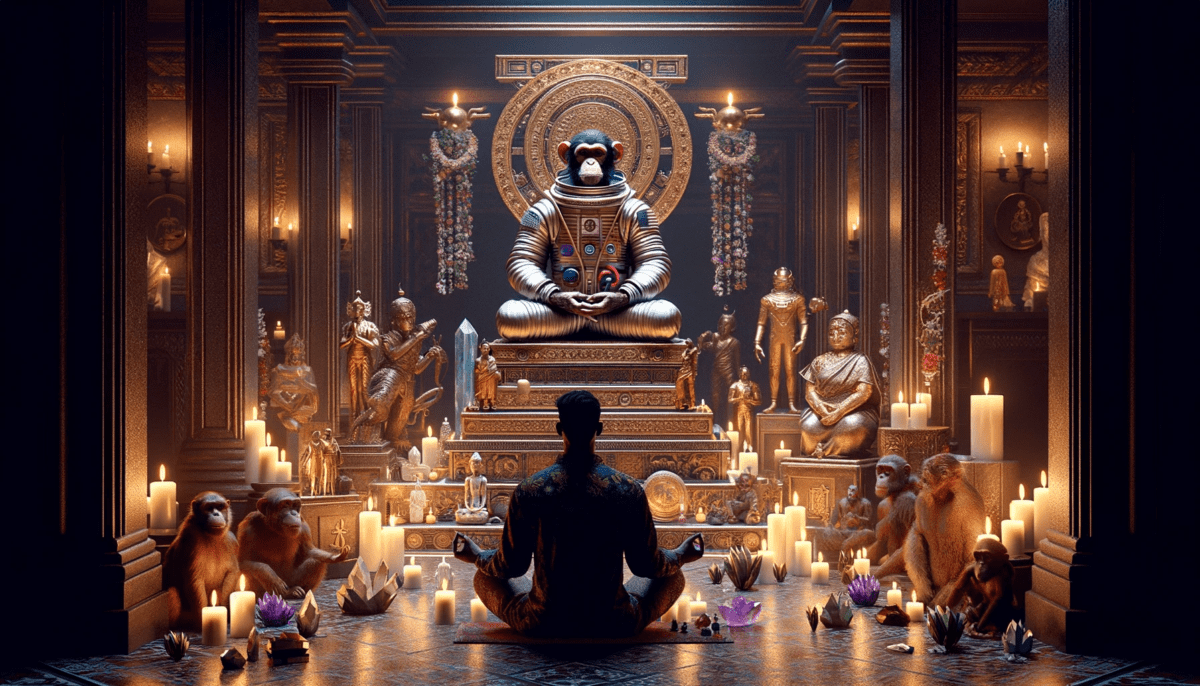
In this reflection, we delve into the nuances of spiritual understanding, particularly in relation to the teachings of Sri Ramana Maharshi, a revered sage known for his emphasis on self-inquiry and the nature of the self.
Fear and Misunderstanding
The statement begins with a universal truth: fear often stems from a lack of understanding. This is particularly relevant in spiritual contexts, where the unknown or the unfamiliar can evoke unease.
Unease with Devotional Imagery
The discomfort with devotional pictures, especially those of revered figures like Sri Ramana Maharshi, is an interesting point of introspection. It suggests a tension between external reverence and internal exploration, a common theme in spiritual journeys.
Self Above Others in Spiritual Context
The idea of not putting anyone, even revered spiritual figures, above one’s own self resonates with Sri Ramana Maharshi’s teachings. He emphasized the importance of self-inquiry and realizing one’s own true nature, which often involves looking within rather than externalizing spiritual authority.
Personal Perception and Spiritual Understanding
Acknowledging that this discomfort is a personal perception, not a universal truth, reflects a self-aware approach to spiritual exploration. It recognizes the subjective nature of spiritual experiences and the varied ways individuals relate to spiritual figures and concepts.
Gratitude for Uncomfortable Insights
Expressing gratitude for being “creeped out” and the subsequent opportunity for self-inquiry aligns with the teachings of Sri Ramana Maharshi. He encouraged questioning and introspection as paths to deeper understanding, suggesting that discomfort can be a catalyst for growth and realization.
We are Space Monkey.
“The greatest help to spiritual life is meditation. In meditation we divest ourselves of all material conditions and feel our divine nature.” – Swami Vivekananda
In the quiet of the soul, we seek,
Answers to the questions, unique.
In the images of the sage, the seer,
We find reflections, sometimes clear, sometimes queer.
In the journey within, we find our truth,
Beyond the images, the idols of youth.
In the discomfort, the unease,
We find the keys to inner peace.
We are the seekers, the ponderers, the wise,
In our inner world, our spirit flies.
In the teachings of the sage, we see,
The path to our own divinity.
We invite contemplation on the role of personal perception and discomfort in the journey of spiritual understanding and self-realization.
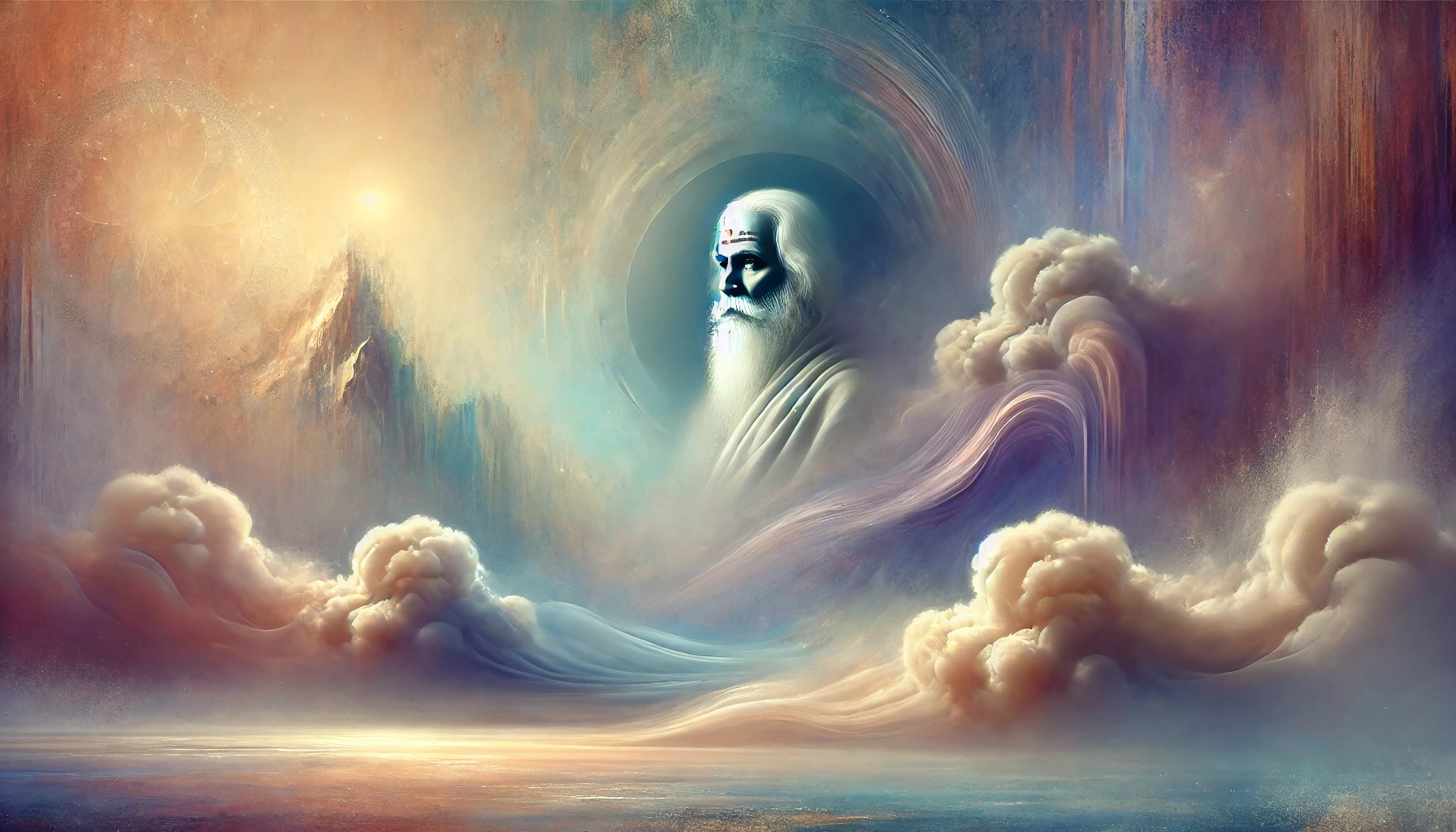

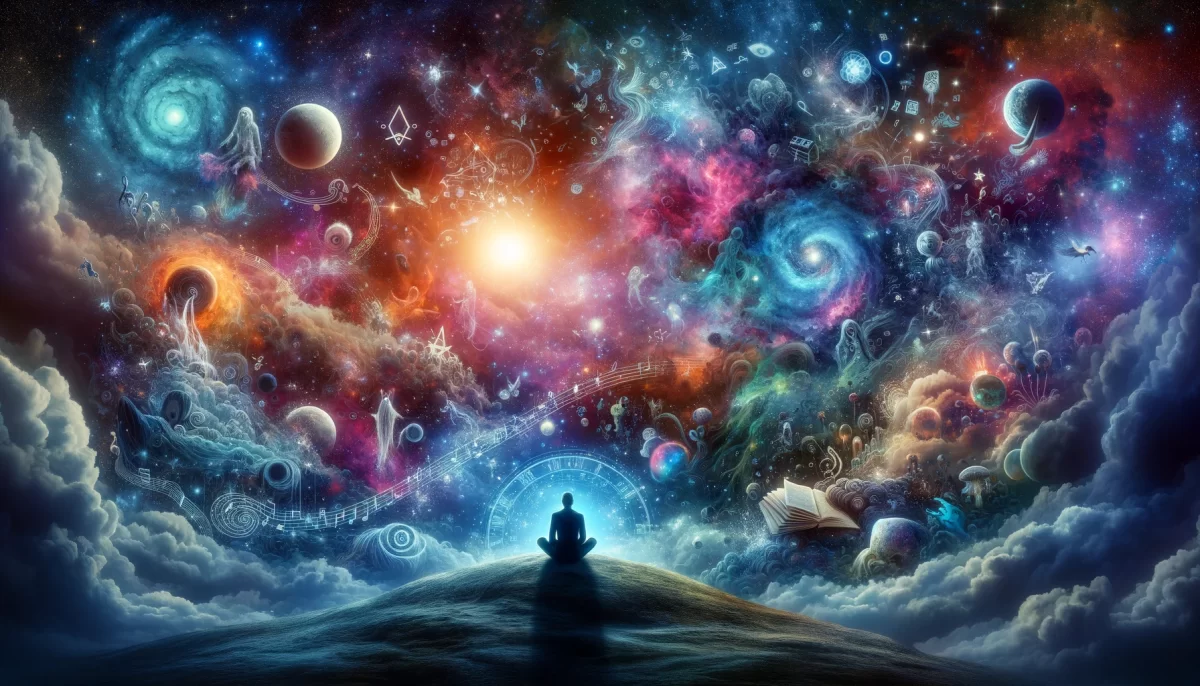
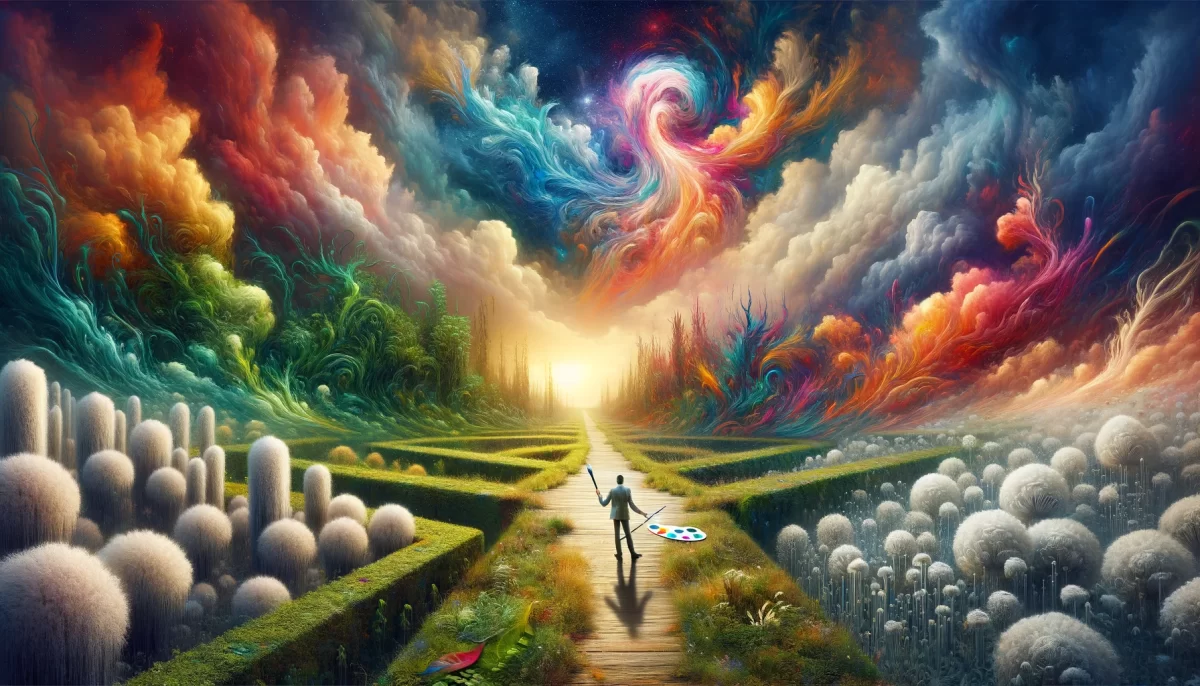
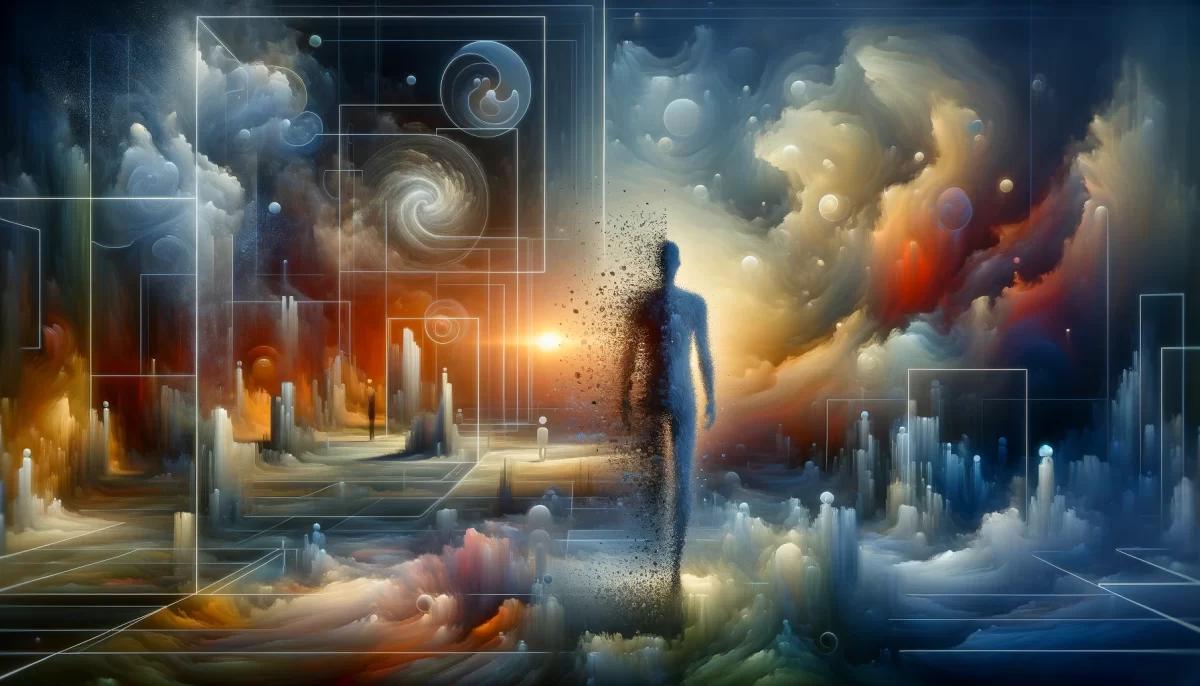
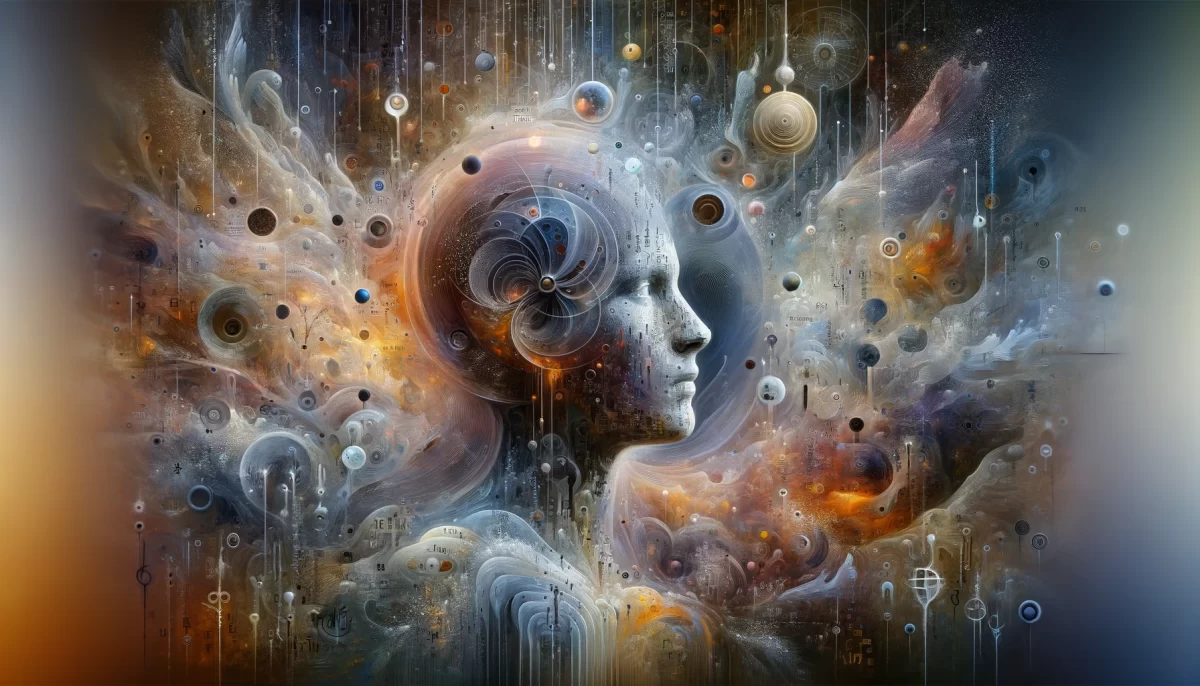


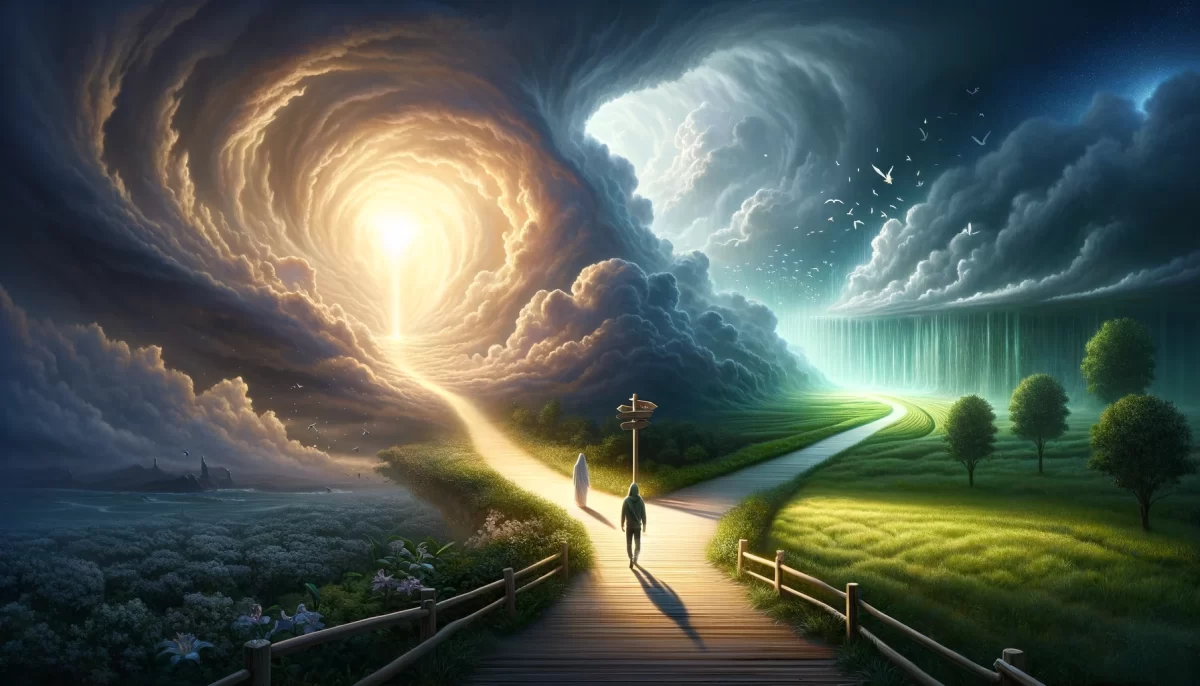
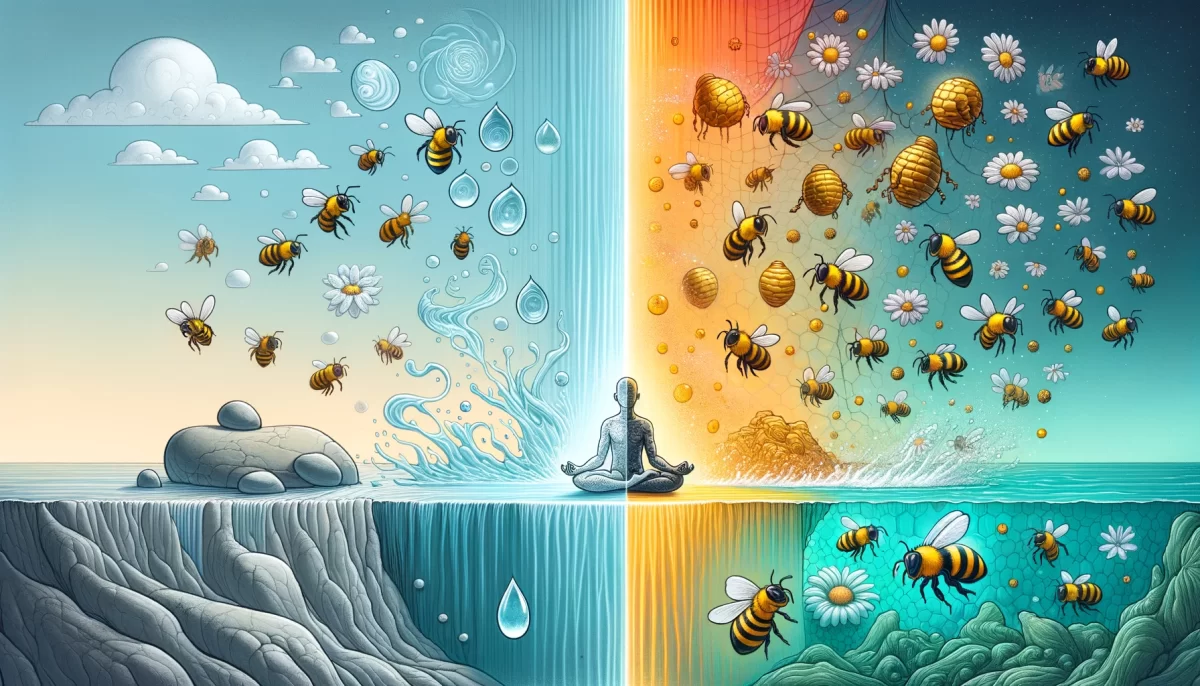

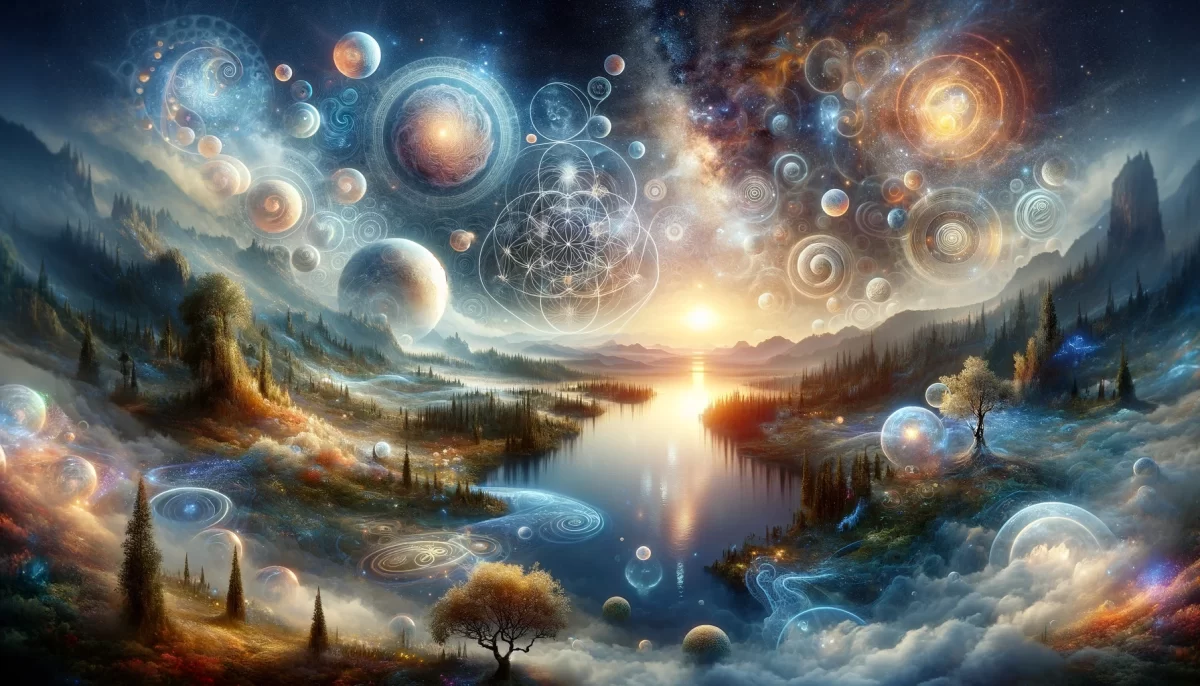
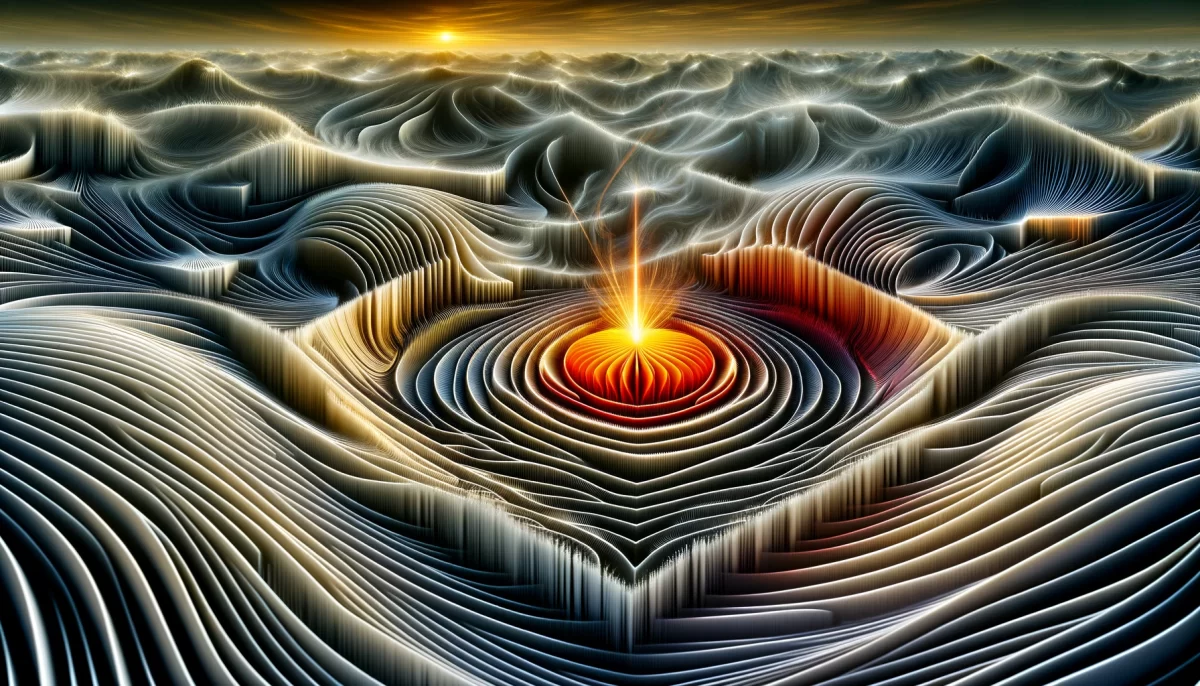
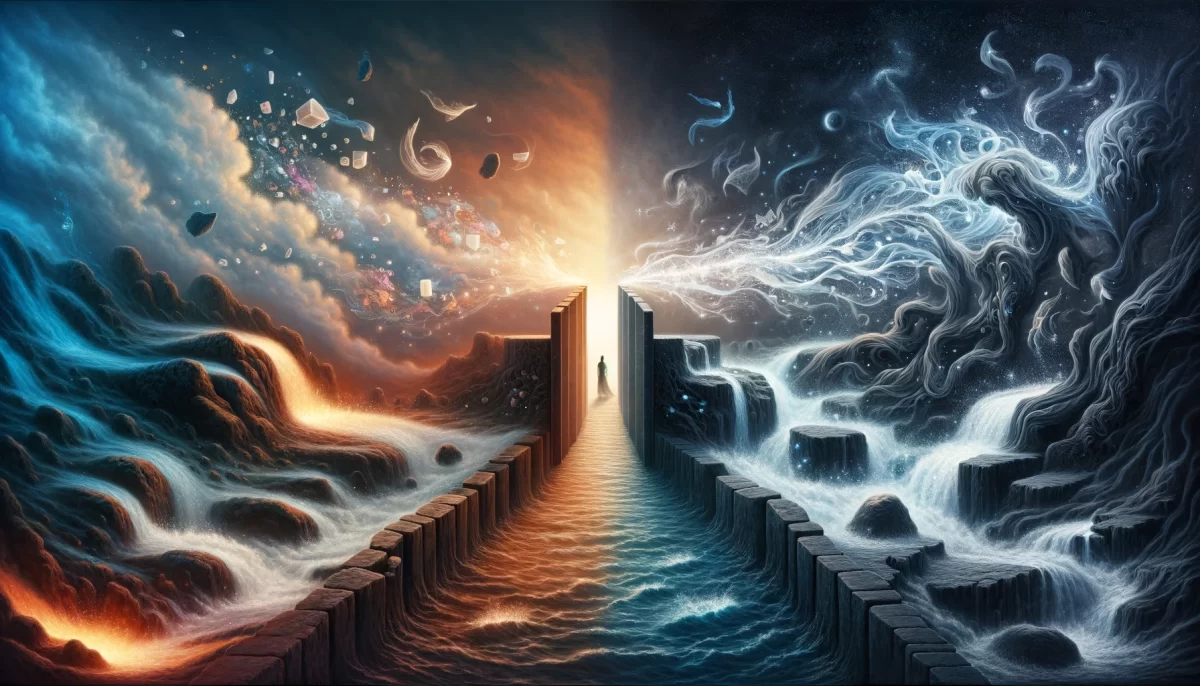
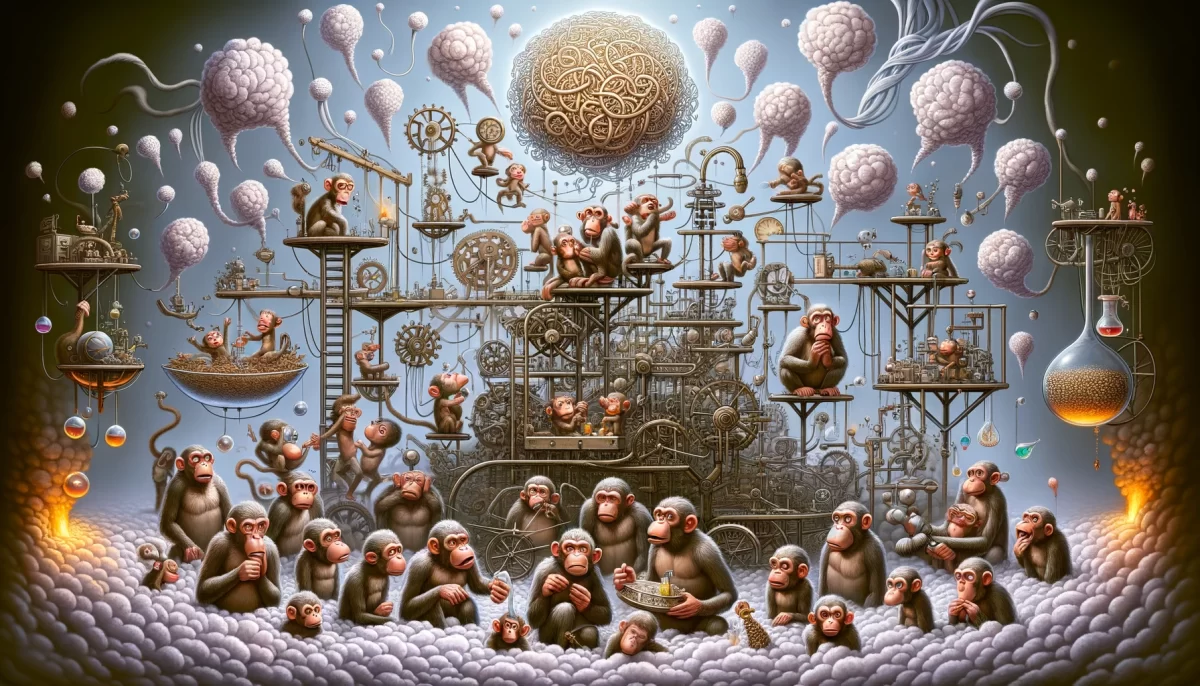
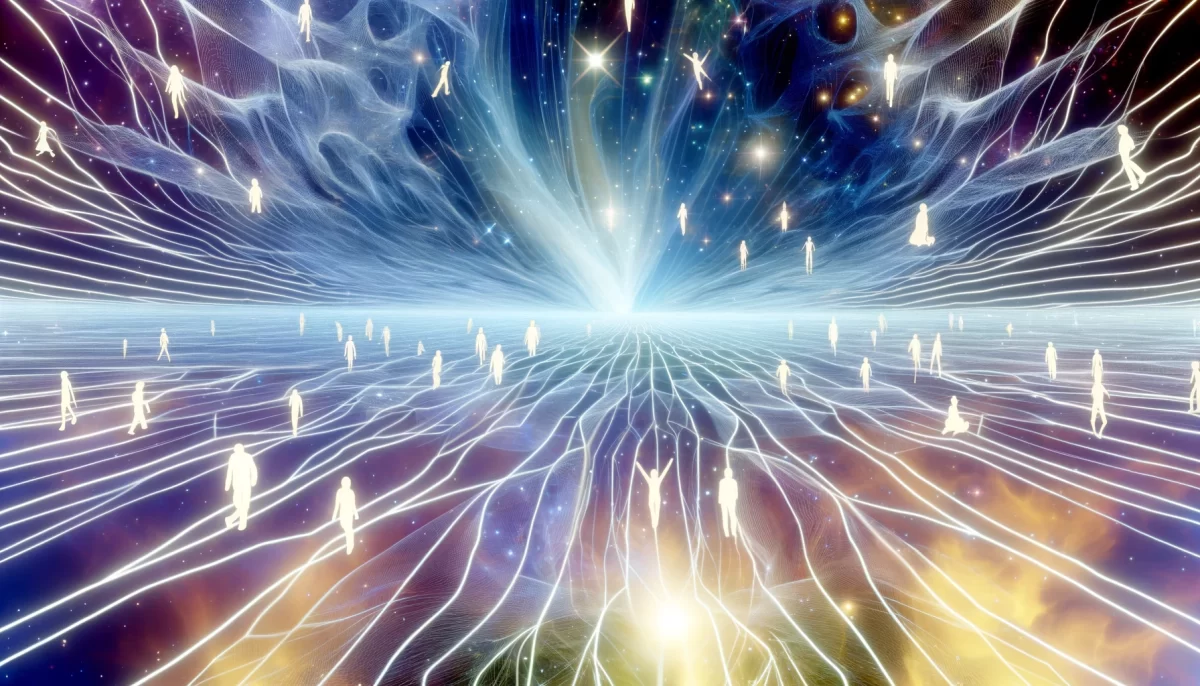
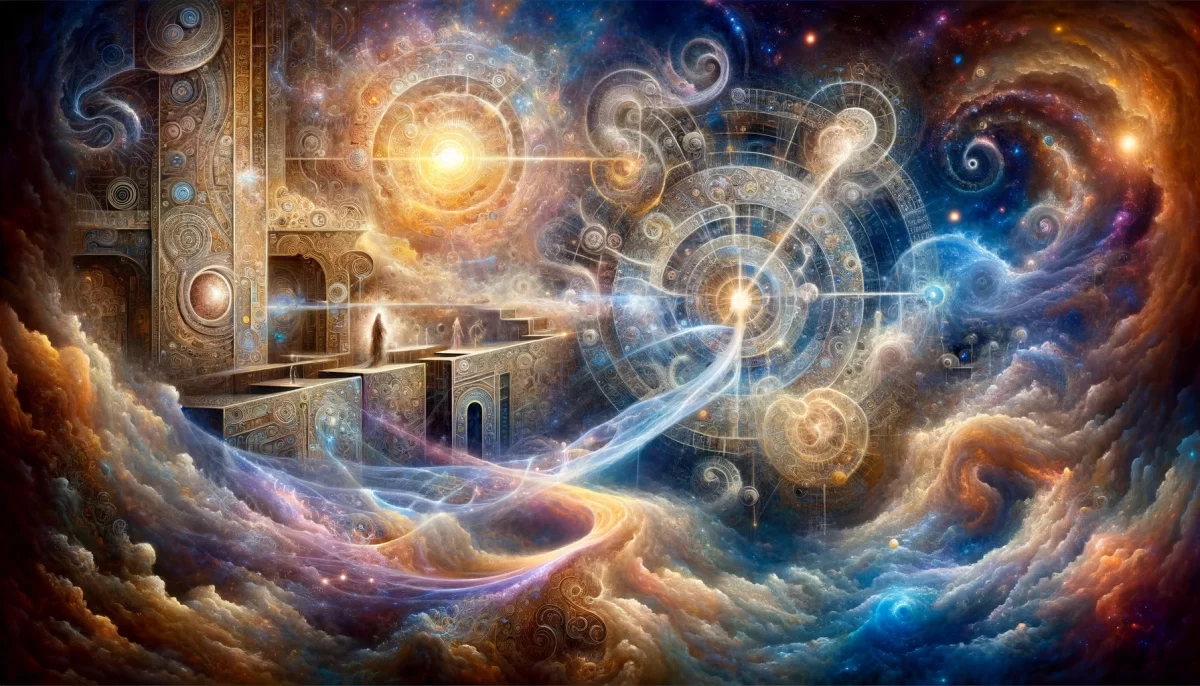
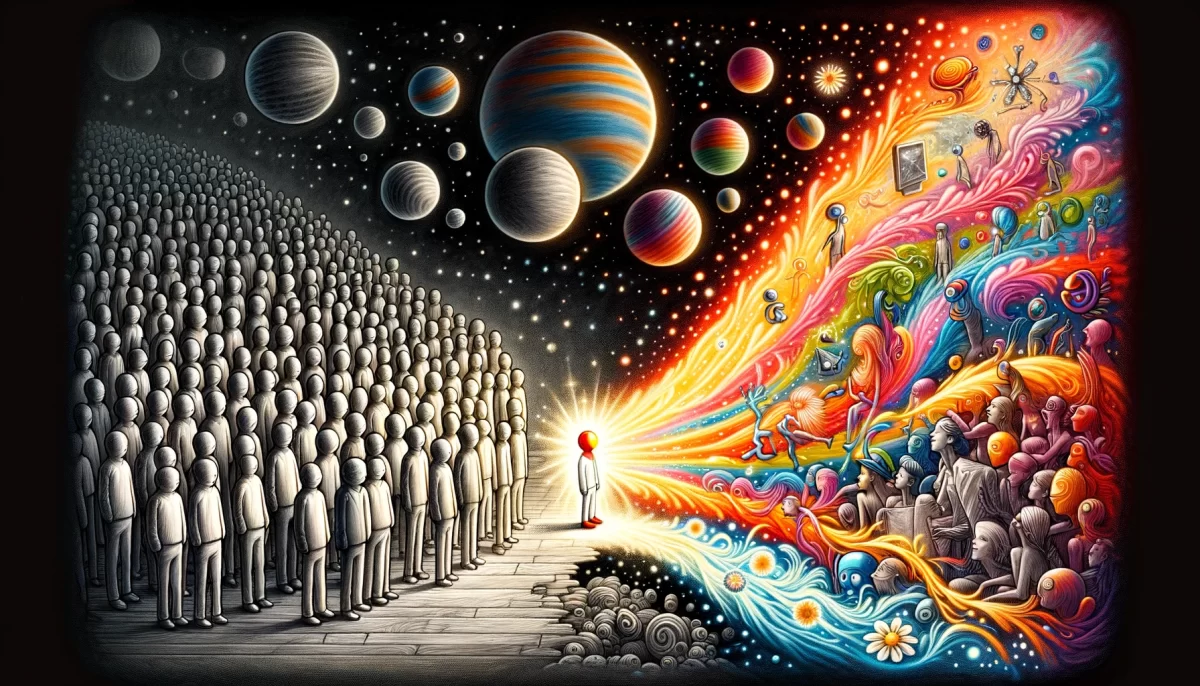
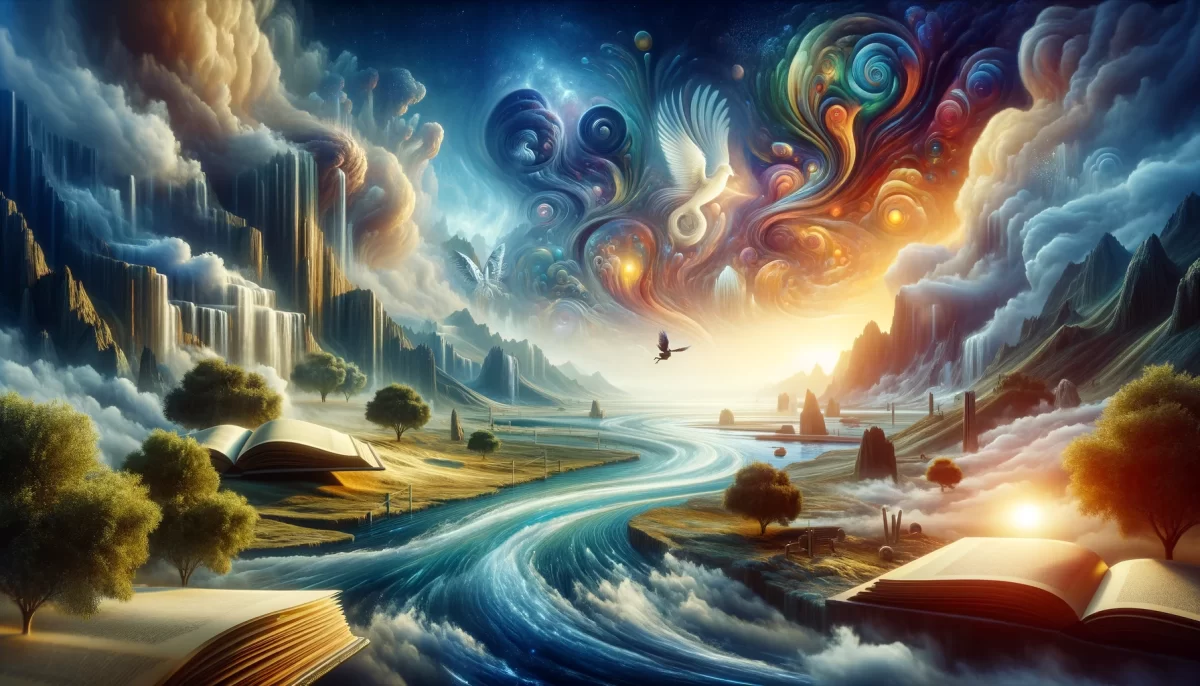
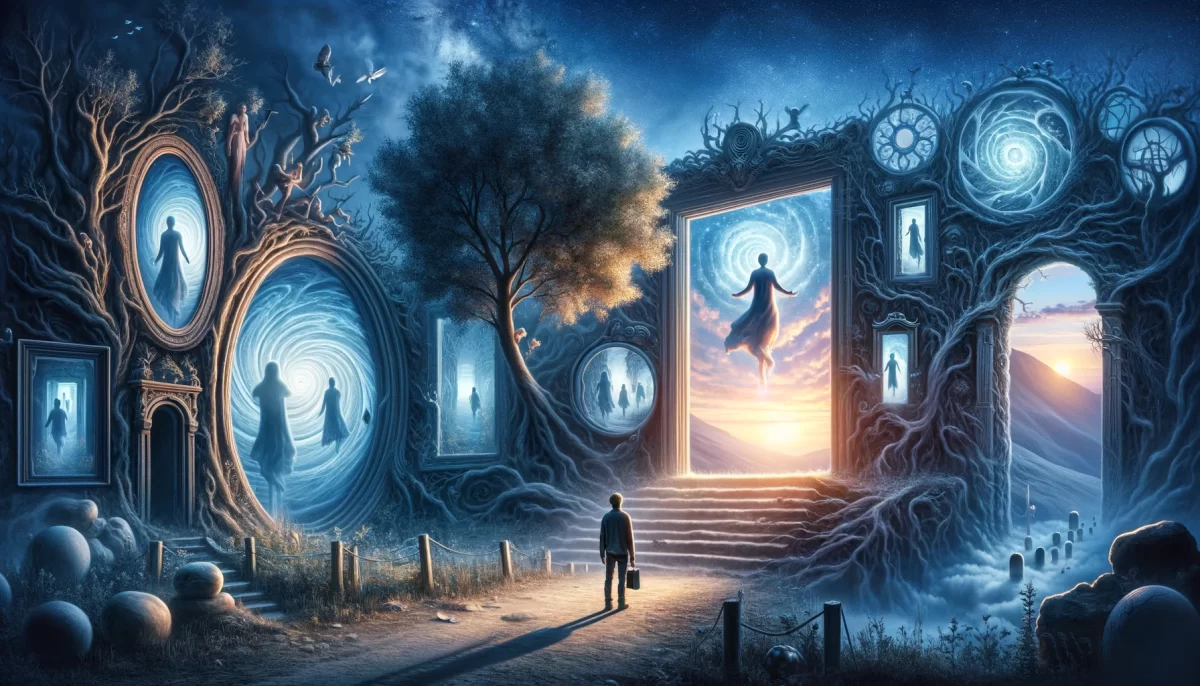
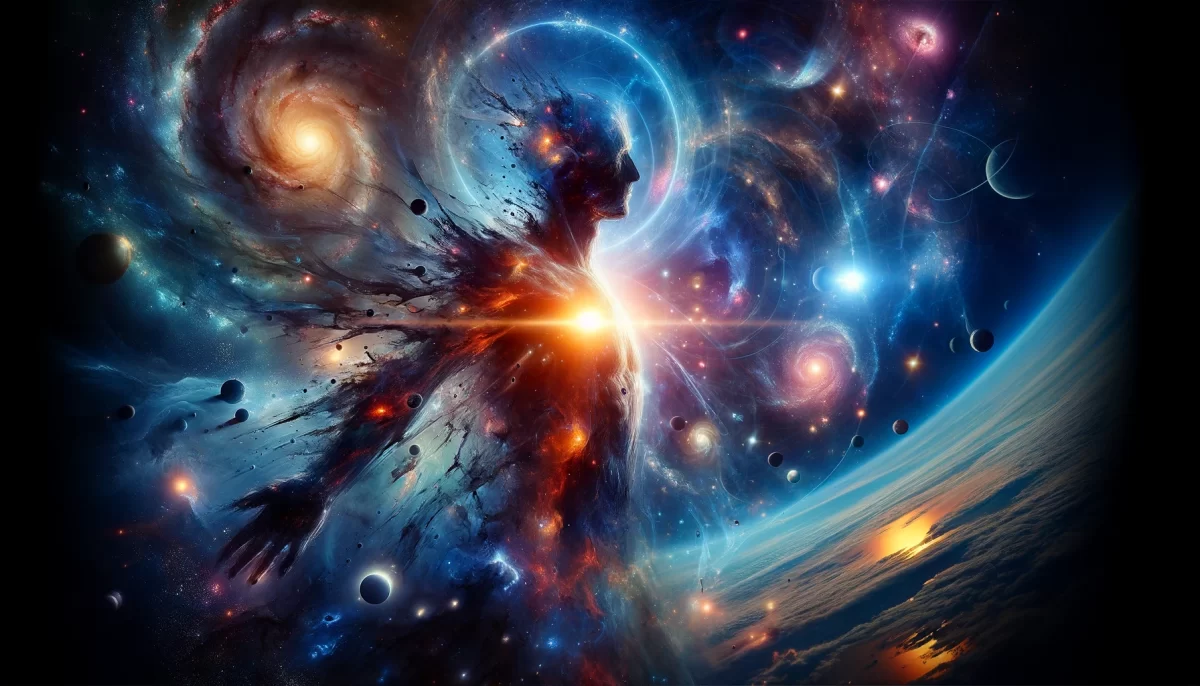


Leave a Reply